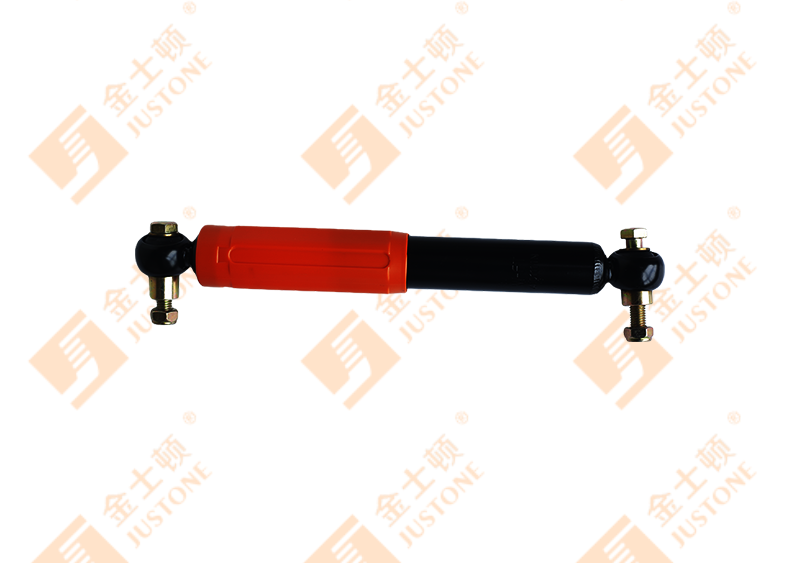Didn't find a product that suits you?
Contact us for the latest news.
When driving at high speed or braking suddenly, the main function of Trailer Coupling Dampers is to reduce the vibration and shaking between the tractor and trailer by absorbing and dispersing the impact energy, thereby improving the stability and safety of the overall system. However, its effectiveness depends on many factors, including design, material selection, installation method and actual working conditions.
Performance at high speed
Aerodynamic influence: When driving at high speed, the trailer may be affected by crosswinds or turbulence, resulting in lateral swing (snaking motion). At this time, the coupling shock absorber needs to be able to effectively suppress this swing and prevent the "tail swing" phenomenon.
Vibration caused by uneven road surface: When driving at high speed, the vehicle will frequently encounter uneven road surfaces (such as potholes, joints, etc.), which will be transmitted to the frame through the tires and eventually act on the coupling point between the tractor and the trailer. The role of the shock absorber is to absorb these high-frequency vibrations and avoid resonance effects.
Key performance indicators:
Damping coefficient: A higher damping coefficient helps to quickly attenuate vibrations, but too high damping may make the system too stiff and increase the impact.
Dynamic response speed: The shock absorber needs to have a fast response capability to adapt to transient impacts.
Performance during emergency braking
Inertial force impact: During emergency braking, the trailer will exert a large longitudinal impact force on the tractor due to inertia, which may cause the coupling point to bear too much load. The role of the coupling shock absorber is to reduce the damage to the tractor and trailer structures by buffering and absorbing this part of the impact energy.
Stability control: If the shock absorber cannot effectively absorb the impact, the trailer may "nod" or "raise its head", and even cause the risk of uncoupling.
Key performance indicators:
Impact resistance: The shock absorber must be able to withstand high-amplitude transient impact forces.
Recovery characteristics: After the impact, the shock absorber should quickly return to normal working conditions to avoid residual
Challenges in practical applications
Extreme working conditions: When emergency braking is performed under full load, the shock absorber may face loads beyond the design range, resulting in performance degradation or even failure.
Multi-axle trailer system: For multi-axle trailers, the complexity of coupling points increases, and a single shock absorber may not be able to completely eliminate vibrations in all directions.

Driver behavior: The frequency and strength of sudden braking directly affect the workload of the shock absorber, so the driver's operating habits are also an important consideration.
Optimization measures
In order to ensure the effectiveness of Trailer Coupling Dampers at high speeds and sudden braking, the following measures can be taken:
Improved design:
Use adjustable damping technology to dynamically adjust the damping coefficient according to real-time working conditions.
Introduce smart sensors to monitor the status of the shock absorber and provide early warnings.
Strengthened materials:
Select high-performance materials that are resistant to high temperatures and high pressures (such as polyurethane or special alloys).
Regular maintenance:
Regularly check the sealing, lubrication and mechanical integrity of the shock absorber.
Driver training:
Train drivers to reduce unnecessary sudden braking operations and extend the life of the shock absorber.
Under ideal design and good maintenance, Trailer Coupling Dampers can effectively absorb the impact of high-speed driving and sudden braking, and significantly improve the stability of the tractor and trailer system. However, its actual effect also depends on the specific design parameters, working conditions, and maintenance. Therefore, when selecting and using shock absorbers, the above factors must be considered comprehensively to ensure that its performance meets actual needs.